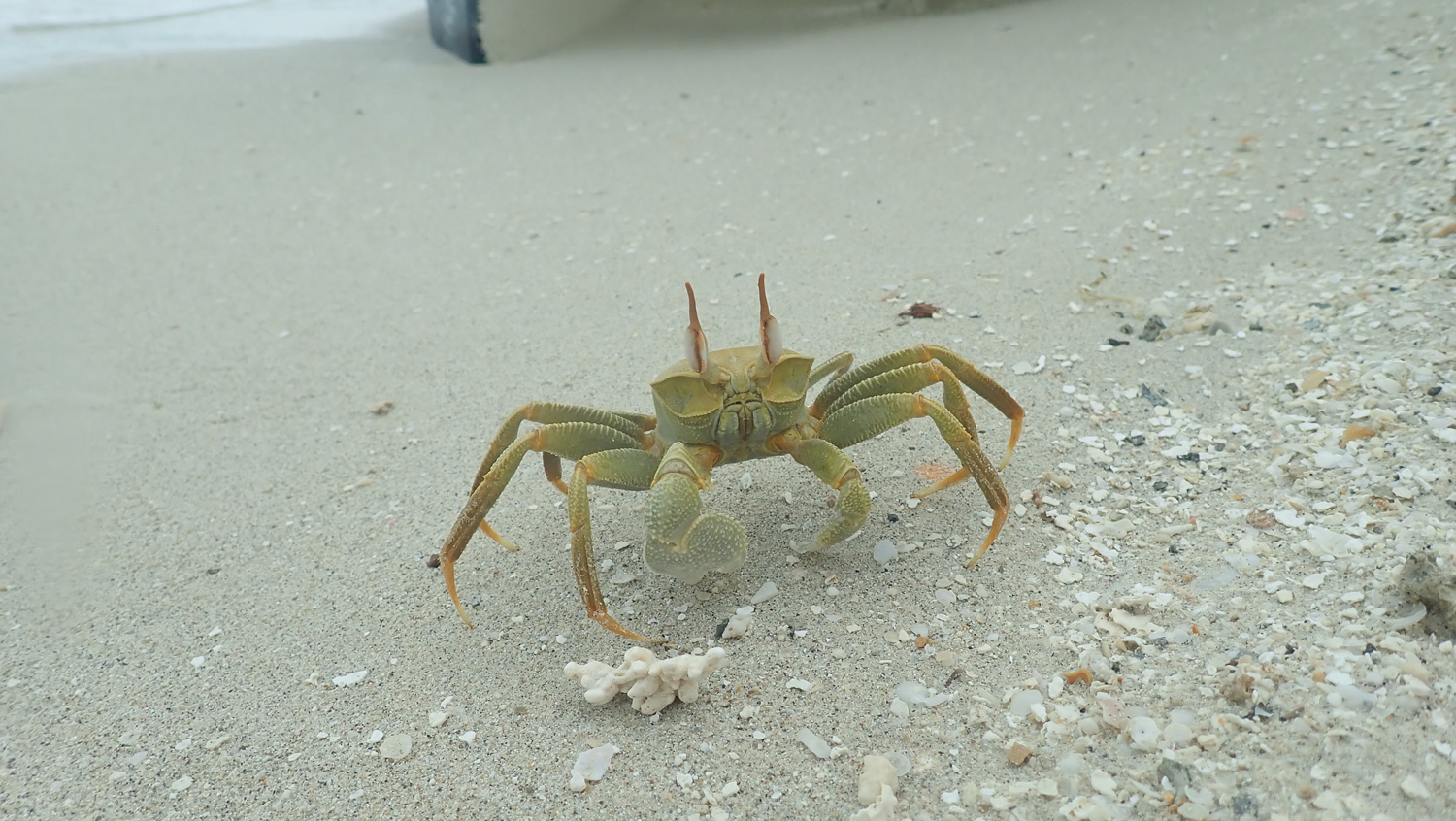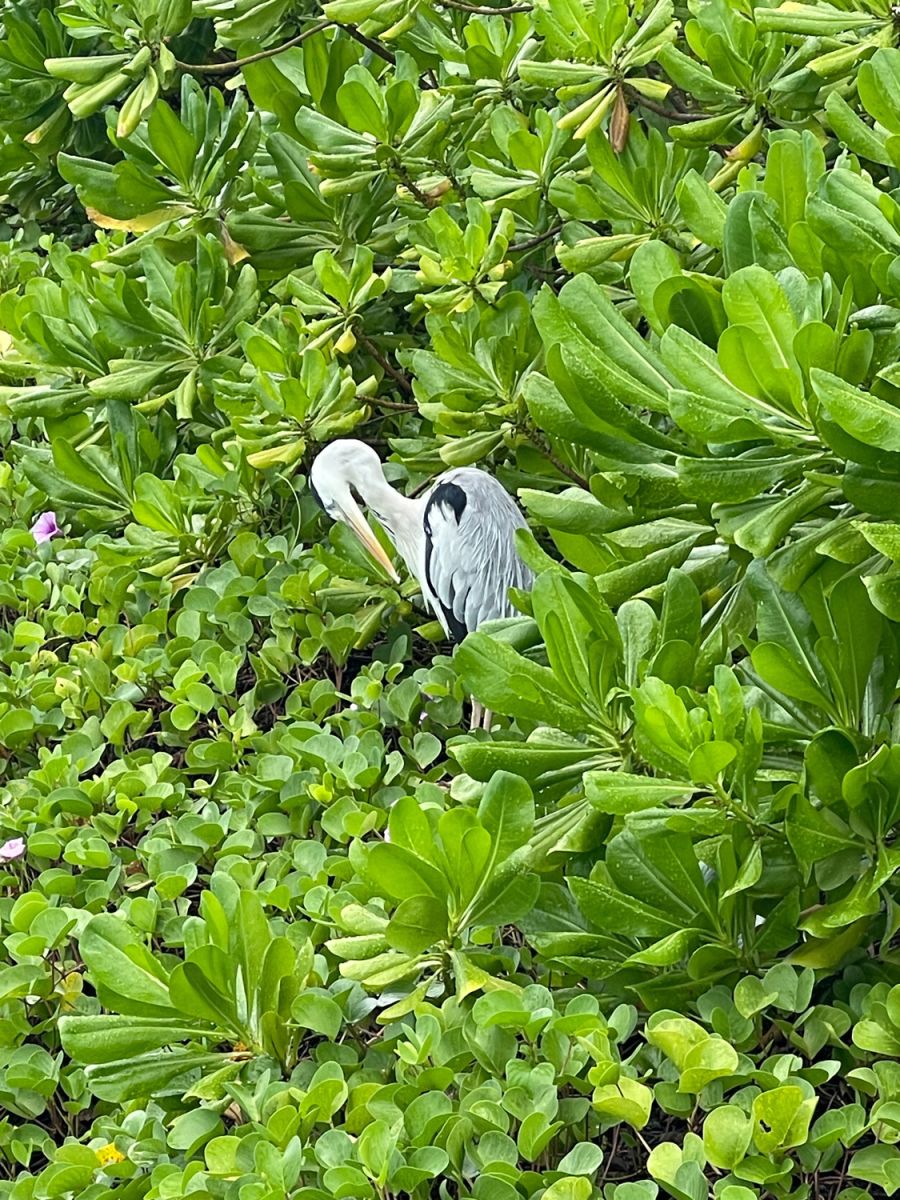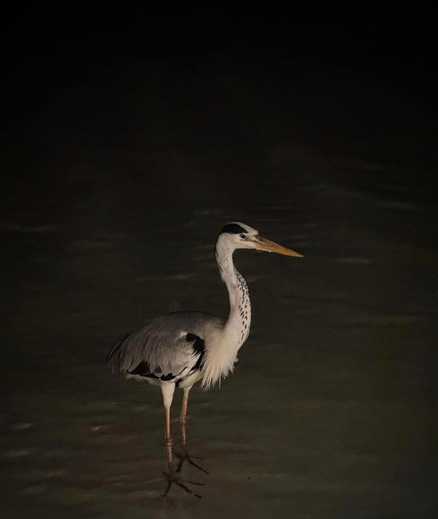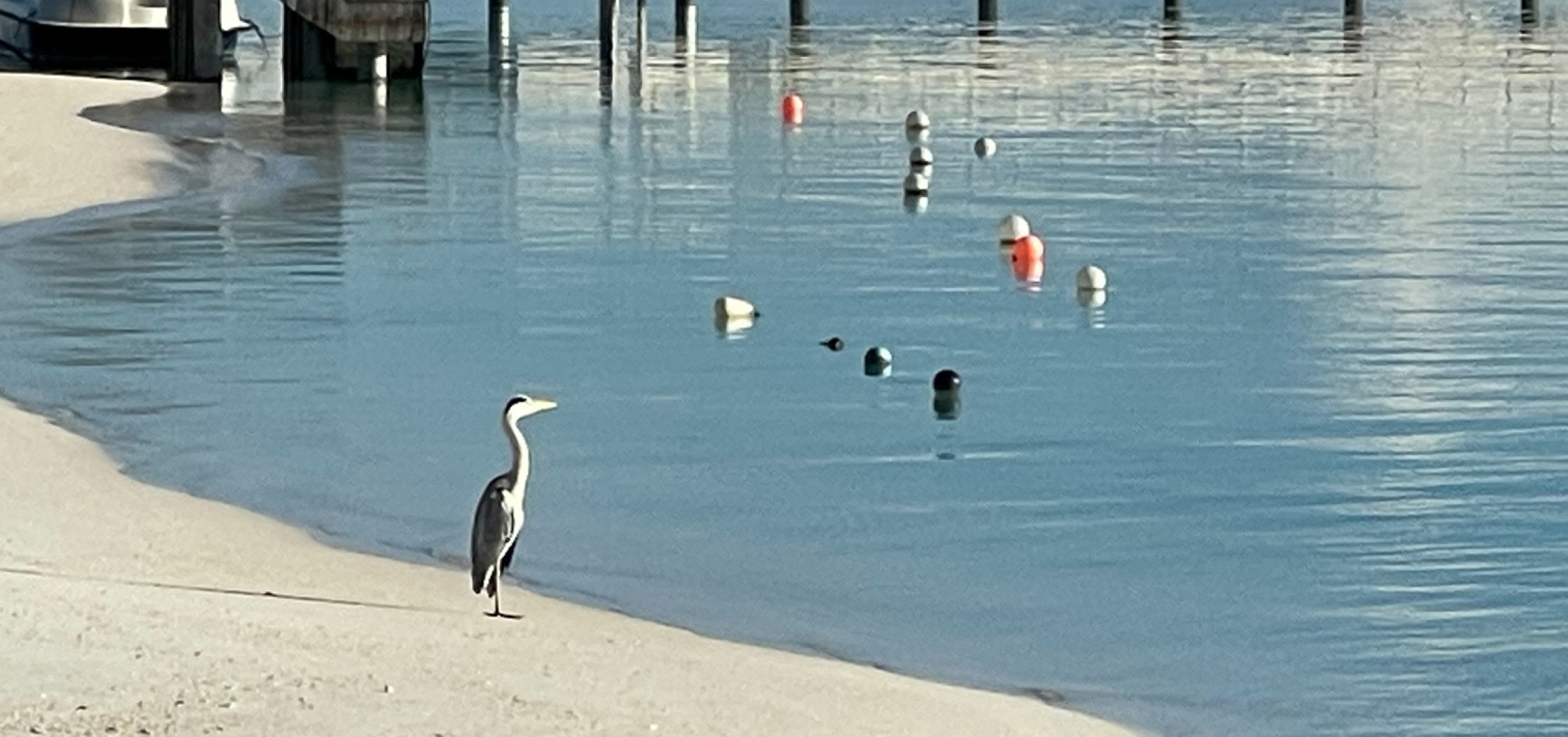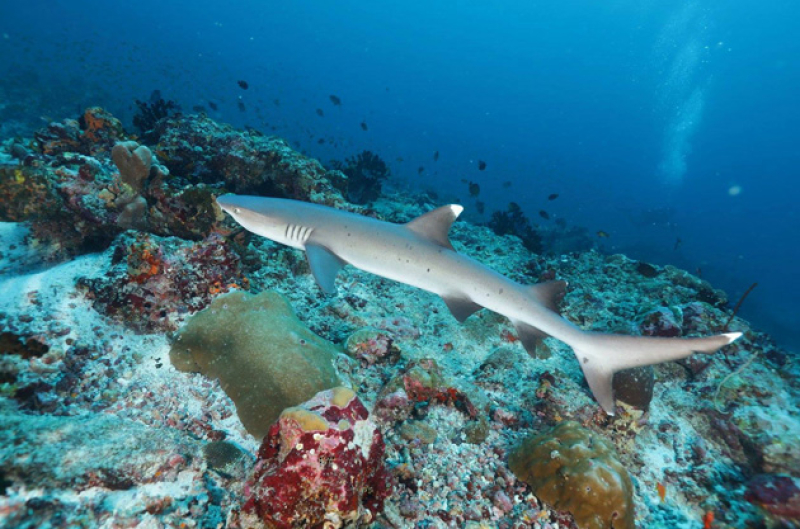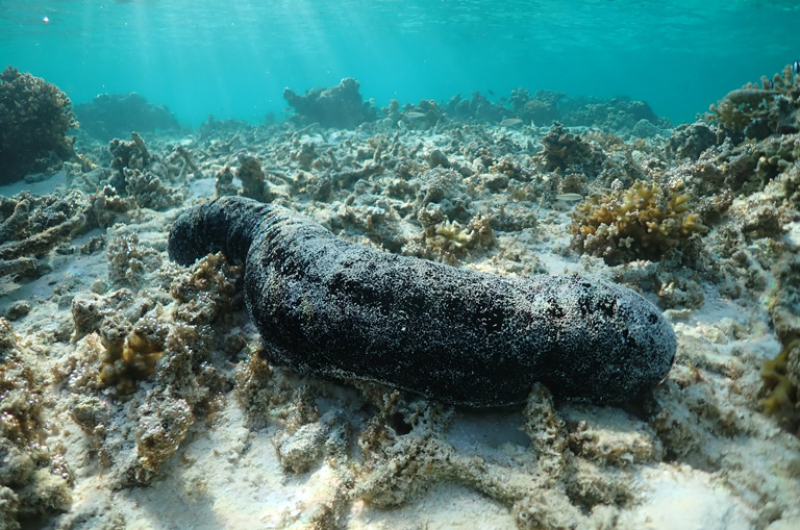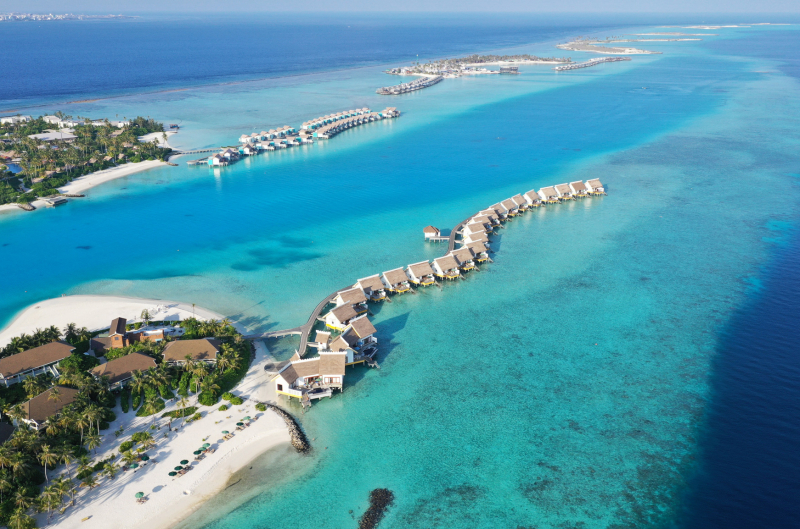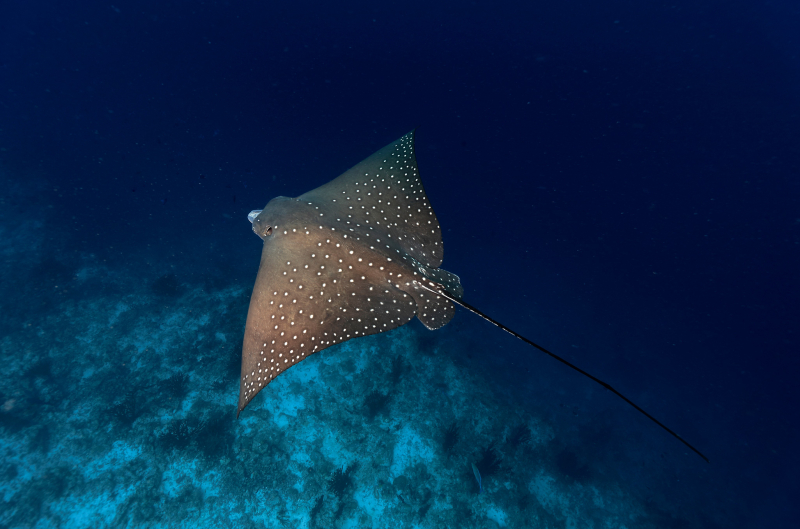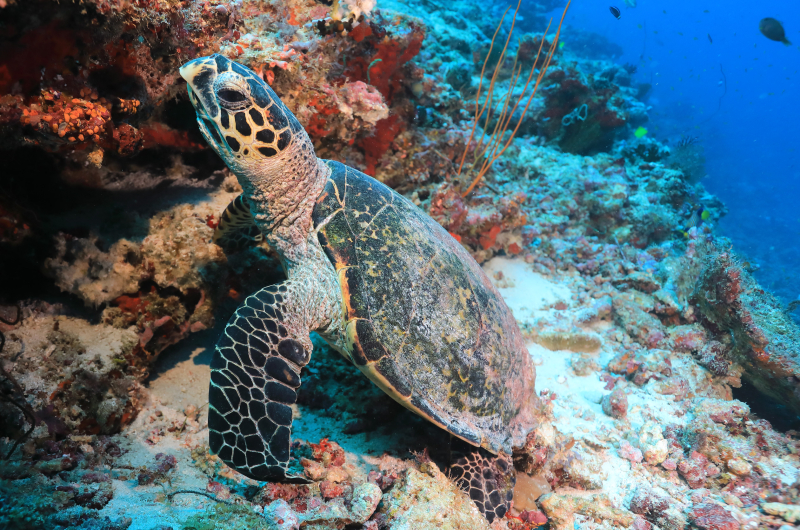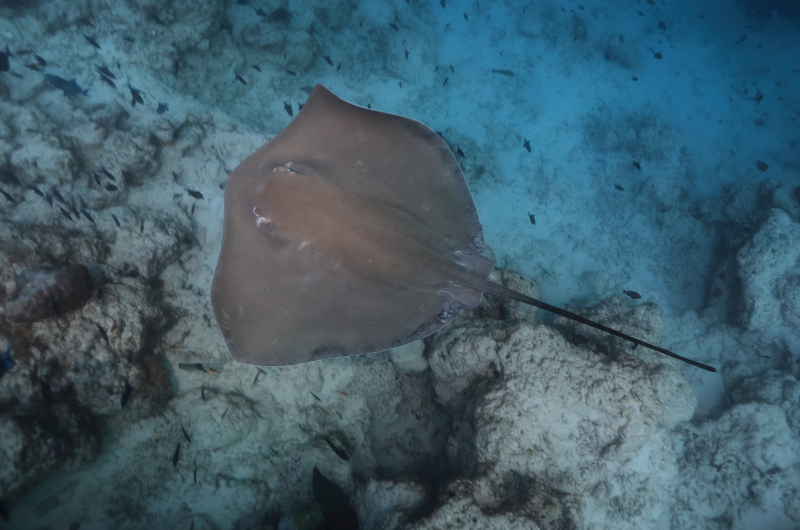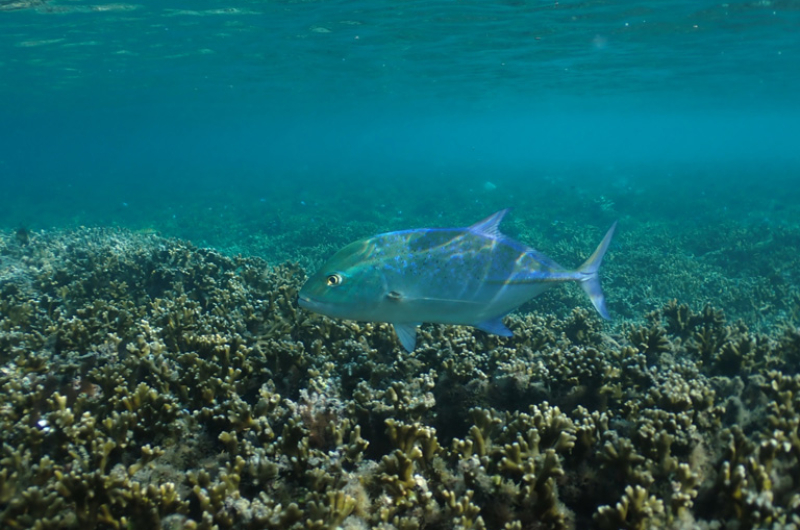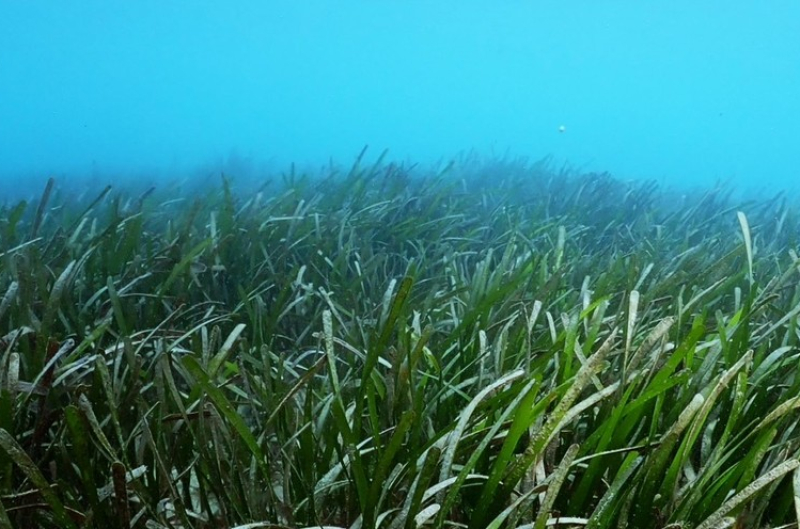Beaches are important ecosystems providing essential habitats for a diverse array of species, including avian, crustacean, piscine, and botanical live. The flora and fauna residing in sandy beach areas adapt differently to their respective habitats. For example, the ghost crabs inhabit the intertidal zone, adjusting its behavior to seek shelter from the midday sun in their hole and foraging at night. These creatures also exhibit physical adaptations, with long eyestalks for improved long-distance vision, long legs, and some reduction in shell thickness to reduce weight allowing it to run quickly on the flat and open beach. Hence, it becomes known as the 'ghost crab.'"
Fun Facts
- Expandable and Contractible – Beaches can change their shapes influenced by factors such as wind and water currents.
- Seemingly Empty Beaches – Often, when we perceive a beach as empty, it is, in fact, teeming with life. Numerous creatures hide in plain sight, and beach-dwelling animals often adapt well to respond to environmental stimuli, thriving in the open and expansive beach settings.
- High Biological Diversity – Some beach areas, such as the British coastline, host an impressive variety of over 1,200 species of living organisms, showcasing a rich biodiversity.
- Beach Nightlife – Various species of animals are more active on the beach during the night, particularly in their search for food.
- Debris from nowhere – Floating Marine litter in the ocean can travel by wind and currents thousands of miles away and end up at the beach around the world, We can help by reducing the waste footprint.
